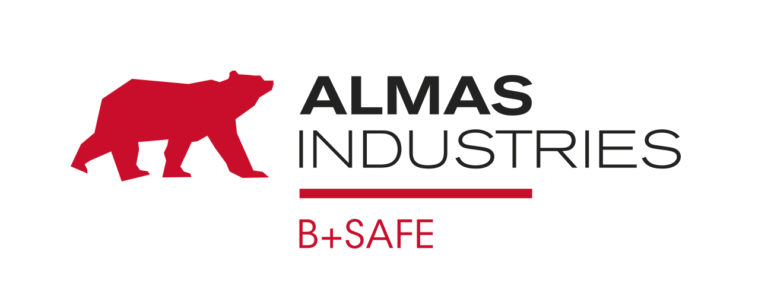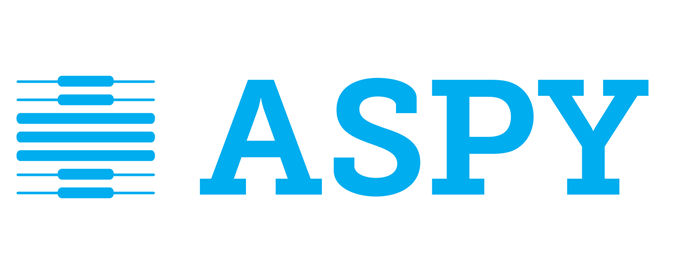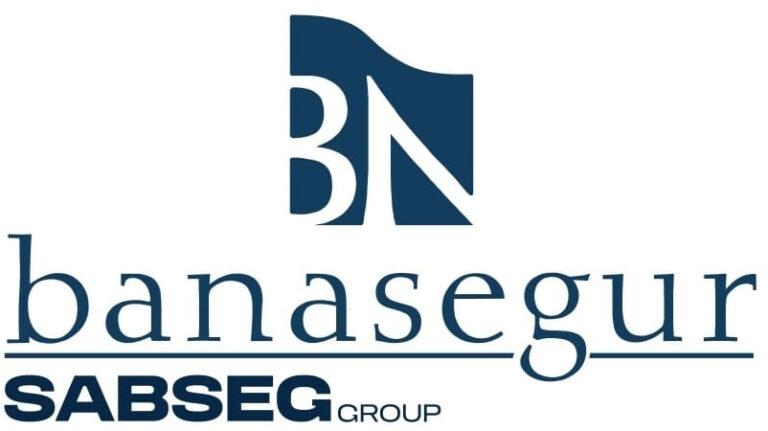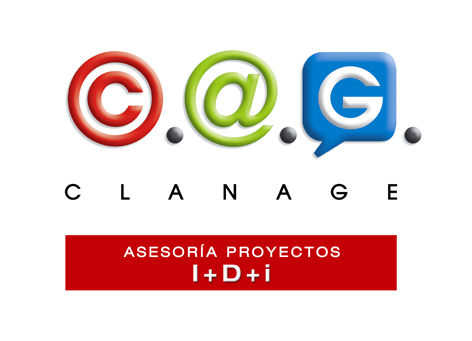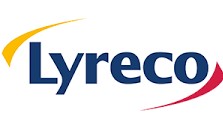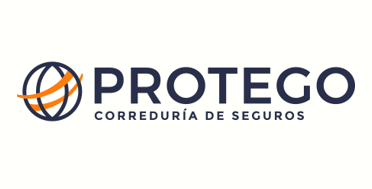On 7 December sector associations from European Livestock Voice invited EVP Timmermans to visit a beef and dairy farm in the Wallonia region of Belgium. The visit organised in cooperation with local farming Union FWA, was a great opportunity for EVP Timmermans to engage in a direct and open discussion with livestock farmers on the Green Deal objectives. It was also a first step in opening an action-oriented dialogue between the Commission EVP and EU representatives of the livestock value chain on the future developments of the Farm to Fork strategy.
The European livestock sector has been investing in making improvements for many years now with measurable outcomes in many areas. With best-in-class standards of animal health and welfare and among the lowest global livestock emissions, high standards on environment, the sector does not shy away from continuing to adapt to meet increasing demands. All representatives of the European livestock sector agree on the fact that more needs to be done to meet social, environmental, and animal welfare challenges. But no one should be left behind.
With best-in-class standards of animal health and welfare and among the lowest global livestock emissions, high standards on environment, the sector does not shy away from continuing to adapt to meet increasing demands
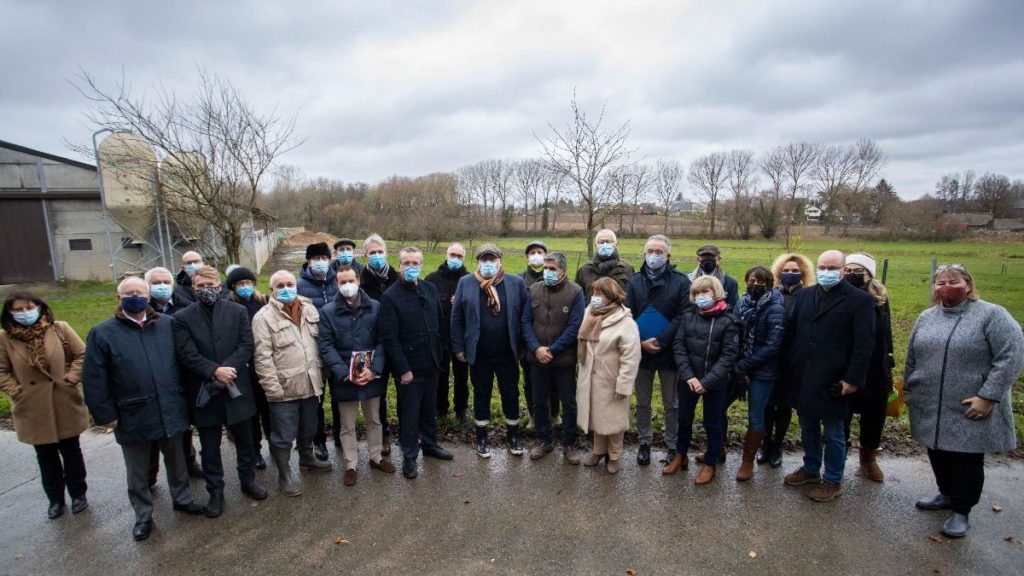
The EU livestock sector is calling for a consistent approach
As the recent debates around the Farm to Fork strategy have shown, there are many questions that need to be answered to ensure that efforts made in the EU do not lead to climate or environmental dumping elsewhere. It is also essential for the livestock sector to be able to invest in the tools and production methods best suited to match an unprecedented situation. There are now many interesting proposals being discussed at European level, notably on carbon farming, on animal welfare labelling or changes to current EU legislation to stimulate innovation in animal production to meet the challenging targets of the European Green Deal and Farm to Fork strategy. The livestock sector must be a key partner in these discussions. The EU livestock sector must retain its possibility and capacity to continue contributing to sustainability.
Representatives of the 12 sectoral associations – breeders, animal health, feed and specialty feed ingredients, farmers and agri co-operatives, dairy and poultry producers, meat processors, foie gras producers, livestock traders, leather and fur producers – are all united in the belief that collectively we can deliver on the ambitious EU actions and targets. Nevertheless, it is certain that pledges to deliver on targets must be a two-way agreement. Coherence between EU policies and support measures is needed, and there must be a balance of the burden of changes for the primary producer, as for the retailer, as for the consumer.
It was in this spirit and with the aim of finding solutions that a roundtable discussion was held between the livestock value chain stakeholders and EVP Timmermans following the visit to François-Hubert and Stéphane Van Eyck’s Farm.
Commenting after the event on behalf of European Livestock Voice, Birthe Steenberg said: “As the Commission is now working on concrete proposals to materialise the Farm to Fork strategy, this open dialogue was an important step forward in ensuring that the voice of the livestock sector is heard in the wide debate around food systems sustainability. We welcome the willingness of Commission EVP Timmermans to come onto ‘our turf’ and we hope to continue these active debates next year to ensure balanced and positive outcomes for all involved.”
Closing the event Commission VP Timmermans said: “In our efforts to tackle the climate crisis, agriculture has to move from being part of the problem to being part of the solution. Overall, the Common Agricultural Policy is there to help farmers move in the right direction. In livestock farming, the solutions must focus on reducing emissions and creating an overall sustainable industry. Because to feed 10 billion people in the future, the world will need a sustainable livestock industry.”


